What Are Tower Servers?
Table of content
Introduction:
In today’s fast-paced landscape, the tower server provides a vital role in playing the IT infrastructure of small and midsize businesses. And enabling them to stay competitive and agile. Tower servers are computers arranged in a rack or cabinet that provides communication between all the devices within the data environment. From data storage to application hosting, tower servers are the best solution for modern computing. Besides, they work tirelessly behind running a business smoothly. Whether you are looking to upgrade your existing IT infrastructure or want to build a new one, the tower server is a great option. They provide robust and reliable solutions to all the computer needs one is looking for.
Overview of Tower Servers:

Tower servers are one of the most affordable IT solutions, and that being said, it is used in all desktop computers. These servers are usually used by small to mid-sized organizations and companies. At first look, the tower server looks like a traditional server used in the offices. It usually works 24/7, making the workload as minimal as possible. Besides, they can typically go well for their scalability, flexibility, reliability, and, most importantly, the affordable price. This is why more and more mid-size organizations and offices choose the tower servers. These servers are primarily set up and locked up in the cabinet or the tower. The users who have access to it can easily go through the data with the internet, and most importantly, it gives security to data.
Types of Tower Servers:

The tower server came in different types and they differ according to there tasks performance and scalability:
-
Entry level Tower server:
They are suitable for small business and organizations as well as the new mid-size organizations. It comes with basic performance and reliability. They typically use smaller servers than the other servers. Also, it is one of the ideal sites for the websites creating the high traffic. Also, the Entry level server gave plenty of resources to the user for maintaining the small websites and the applications. Its examples are Dell PowerEdge T40 and Intel Xeon 1230v6.
-
Mid-Range Tower Server:
Gives more performance and scalability compared to the other entry level servers. They are suitable for small mid-size businesses. Also, they are quite suited for the small size businesses.
-
High Availability tower server:
Designed for the companies who work extra and with the up time and more reliability. They gave the power supply and they have advanced error recovery mechanisms.
-
Enterprise Tower Server:
They are for large and big businesses which need fast speed and good performance to bring out the task with quiet reliability and also with good scalability and high performance. Have multiple processors, large amounts of memory and extensive storage.
-
Graphic Processing Unit (GPU) server:
It requires the high performance of computing with the powerful GPUs and in which applications need the high performance which also includes artificial intelligence and machine learning.
What is the working of the Tower Servers:

They work as the computer 24/7. It works as the communication hub for more and more of a business. It runs with collaboration in order to provide data and the storage for the Network. The data is easily kept and stored in the singular tower. And these servers when they are kept together then they can perform the tasks with collaboration. As was discussed before the tower server works really well for small and mid-sized businesses and they are quite affordable for such organizations. It’s flexibility, scalability and other features really kept this server in demand. These servers are often kept inside the locked cabinet so that it can work with efficiency and with great speed. The users who have the access to that server are able to use it easily without any interruption and most importantly the data they share is with easy security. The only drawback the tower servers have is that the various cabling being used in it and it’s heavy and bulky size of this server makes the issue of it to set.
Tower Server vs Rack Server:

Tower server: Tower server stands inside within the cabinet or the tower locked inside in which they give the further. The tower server prevents the air flow which reduces the capacity of the tower server because fan is stored inside of it to provide the environment server wants without getting it heated up. That’s why the tower servers are required to keep the temperature constant in order to prevent them from getting heated up. One more feature about the tower is that they have a lot of cabling but still they are the servers with the low maintenance. They are bigger in size
Rack server: Rack servers are also called the blade servers they can be kept at any location and they are mostly used with the desktop computer. They are not kept in the tower or in the cabinet like the tower server; instead they are kept in the furniture of the office, mostly on the office desk they are kept on. They are usually kept below the office desks. And also, they have the less cabling as compared to the tower server which has the more cabling. Also, they have more fans inside than the tower server which makes it the noisier solution to work on. They are smaller in size as compared to the tower server. Also, they require higher maintenance.
Usage of Tower Server:

Tower servers can work together and can provide the multiple tasks together. They can be easily added due to their independent design. The data is stored in the single machine except the many multiple computers and it can work from there. They have a complicated cable but with only one monitor. The small and midsize organizations generally go for the tower server as they have the power to perform the multiple tasks. Single CPU cost effectiveness is the easy option for many offices to carry the workload they want to work on most importantly. As we talk about the dual CPU, they have the extensive feature to carry out more operations.
Benefits of Tower Server:

Below are the some benefits of the tower server:
Noise and overheating cancellation:
Tower servers have a complex design and fewer fans than the rack servers. They are kept in stack in many offices and enterprises, mostly the businesses which are mid-size and mostly they are located in the heaviest office spaces. In order to carry out the work without any further interruption. Also, the low component density helps to carry out the work without any overheating or the problem.
Workflows with continuity without any interruptions:
Most mid-size organizations have two servers to carry out the work without any interruption because of the two servers working with the collaboration of two servers. They are really important for the healthy working of the business.
Top Vendors Of The Tower Server:
Here are the top vendors of the tower server:
Asus: Offers two tower servers, the RS series and ESC series.
HPE: offers the ProLiant ML350 Gen9, a line of tower servers for midsize organizations and businesses.
Acer: Acer offers a collection of tower servers under its Altos BrainSphere collection.
Lenovo: offers the think system series of tower server.
Conclusion:
In the end the tower servers are the most reliable, scalable and reliable solution for the mid size organizations. Providing robust technology and success to many businesses it is the solution of many businesses in order to provide cost-effectiveness. As IT evolves the tower server will remain the cornerstone to modern computing. It provides a scalable and flexible solution for the business seeking to harness the power of computing.
Frequently Asked Questions:
What can I do with the Tower server?
It allows you to store, manage and access data efficiently while running applications that support your business operations.
What are the best tower servers?
HPE ProLiant ML, HP ProLiant MicroServer, Lenovo ThinkSystem ST series and Dell Power HT .
How big is a server tower?
The most common server rack height is 42U and 19 inch width. These common server racks tend to be more cost effective because they are mass produced for use in data centers.




 Catalog
Catalog

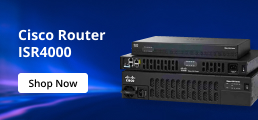








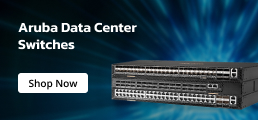
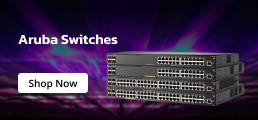






















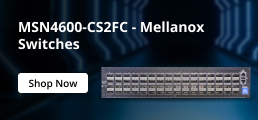












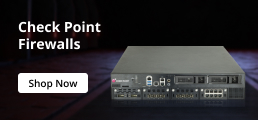

















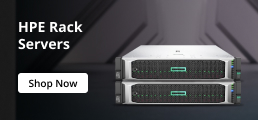


















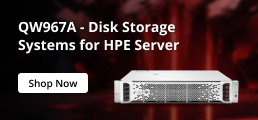
























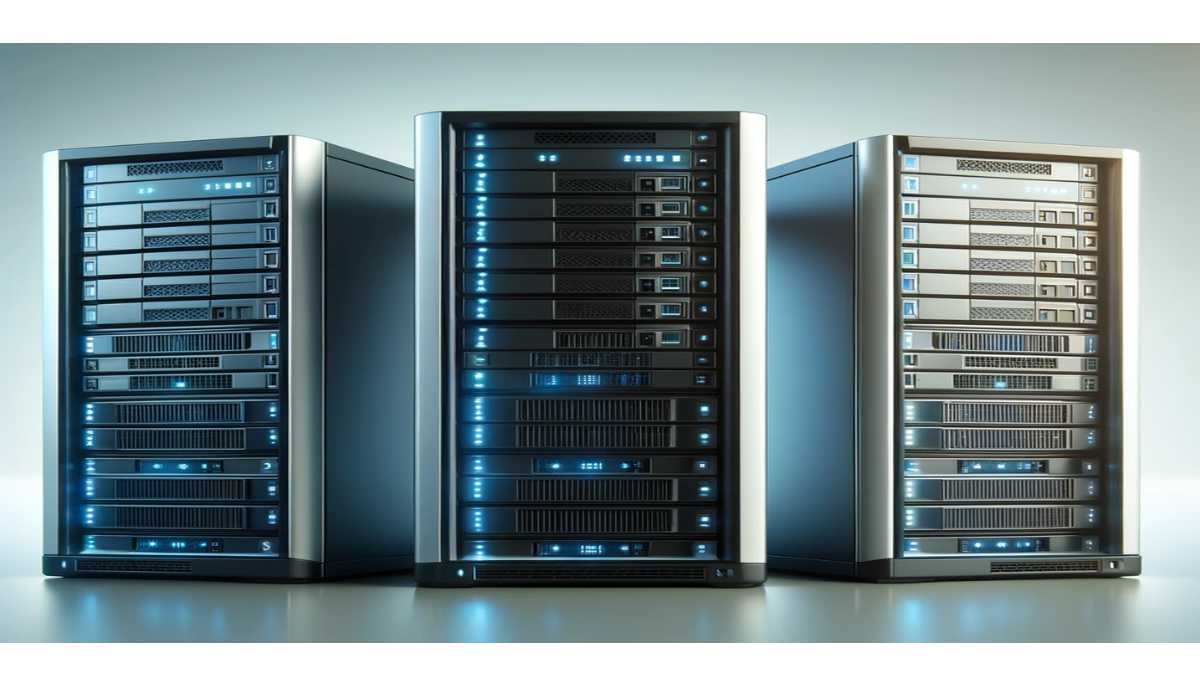


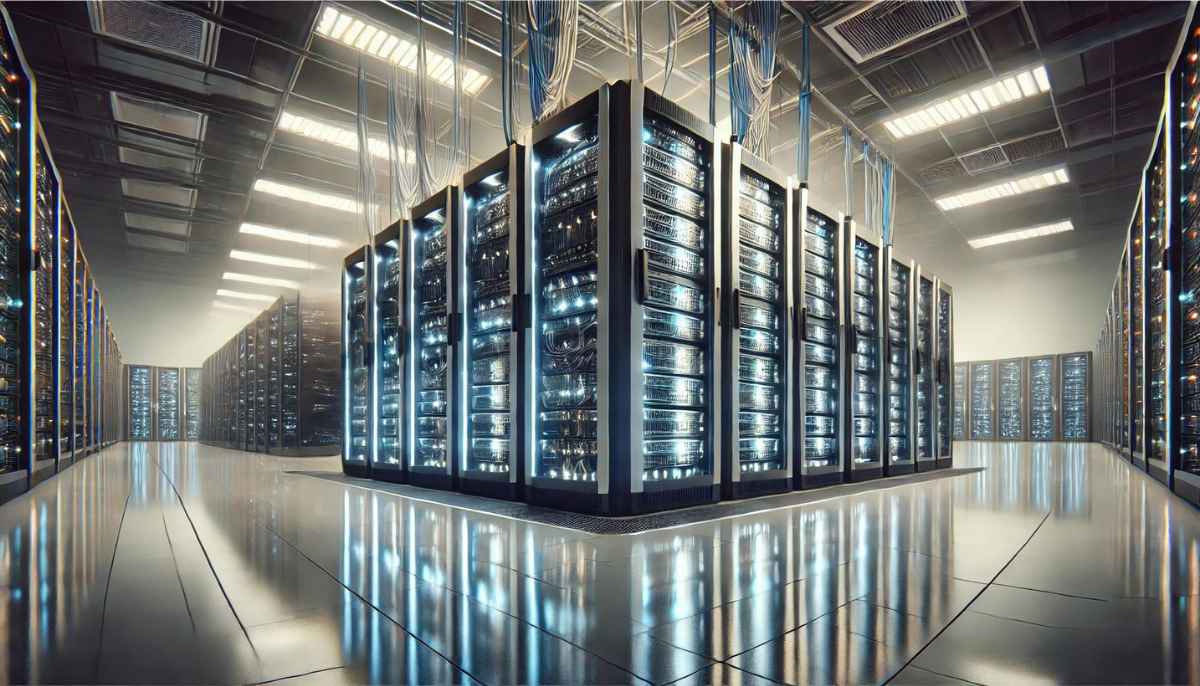




 (800) 870-9487
(800) 870-9487